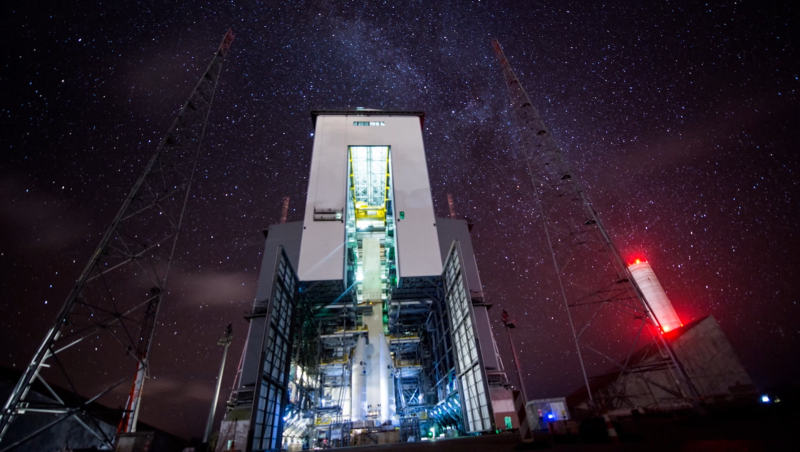Europe’s Ariane 6 rocket is turning into a space policy disaster

Enlarge / Under the stars with the Ariane 6 launch base at Europe's spaceport in French Guiana. (credit: ESA)
After much political wrangling among Germany, France, and Italy, the member governments of the European Space Agency formally decided to move ahead with development of the Ariane 6 rocket in December 2014.
A replacement rocket for the Ariane 5 was needed, European ministers decided, because of cost pressure from commercial upstarts like SpaceX and its Falcon 9 rocket. With the design of the Ariane 6, they envisioned a modernized version of the previous rocket, optimized for cost. Because Ariane 6 would use a modified Vulcain engine and other components from previous Ariane rockets, it was anticipated that the new rocket would debut in 2020.
European space policy, however, is every bit as political as that of the United States, if not more so. Member nations of Europe make financial allocations to the European Space Agency and expect roughly that amount of money in return in terms of space projects. So the development and production of Ariane 6 was spread across a number of nations under management of a large conglomerate, France-based ArianeGroup.